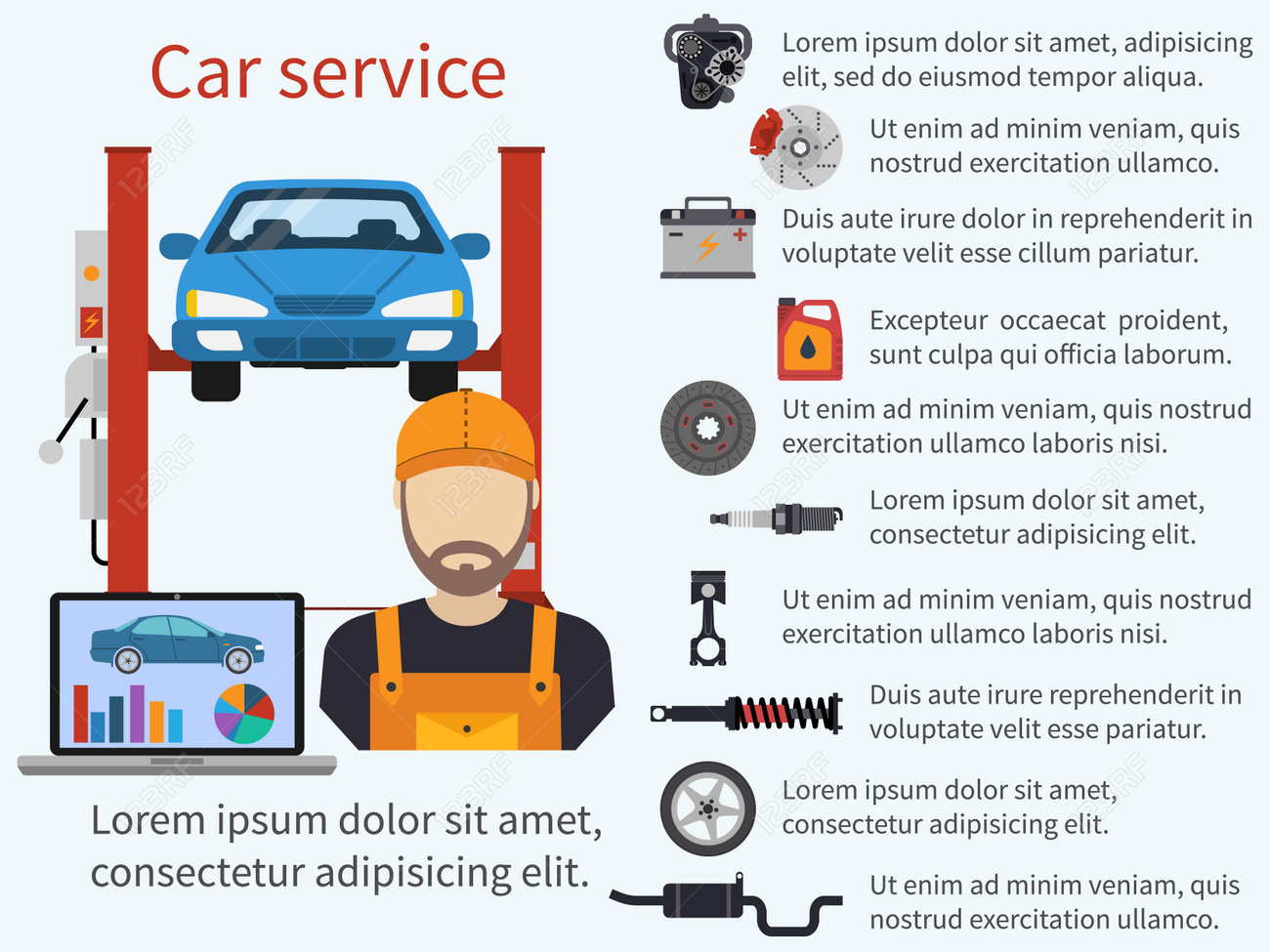Wondering Concerning The Meaning Behind Those Control Panel Warning Lights? Gain Understandings Into Their Effects For Your Car'S Safety And Security And Upkeep
Wondering Concerning The Meaning Behind Those Control Panel Warning Lights? Gain Understandings Into Their Effects For Your Car'S Safety And Security And Upkeep
Blog Article
Content Develop By-Samuelsen Torres
When you're behind the wheel, those glowing caution lights on your control panel can be a little bit perplexing. Do you understand what they're trying to tell you concerning your car's health and wellness? Comprehending the significance of these lights is important for your safety and security and the durability of your vehicle. So, https://www.claimsjournal.com/news/national/2022/07/25/311741.htm following time one of those lights turns up, would not you want to decode its message precisely and take the needed steps to resolve it?
Common Caution Lights and Interpretations
Determine common warning lights in your auto and understand their definitions to make sure safe driving.
The most regular warning lights consist of the check engine light, which signals concerns with the engine or discharges system. If this light comes on, it's crucial to have your car inspected promptly.
The oil stress warning light shows reduced oil pressure, needing immediate attention to avoid engine damages.
A flashing battery light might suggest a defective charging system, potentially leaving you stranded if not resolved.
The tire stress tracking system (TPMS) light informs you to low tire pressure, affecting car security and fuel effectiveness. Disregarding https://zionlgavp.dsiblogger.com/64115577/would-certainly-you-such-as-to-discover-just-how-automation-and-robotics-are-revolutionizing-the-field-of-vehicle-describing can bring about harmful driving problems.
The abdominal muscle light indicates a problem with the anti-lock braking system, compromising your capability to quit promptly in emergencies.
Last but not least, the coolant temperature alerting light warns of engine overheating, which can result in serious damages otherwise settled promptly.
Understanding these common warning lights will certainly help you attend to issues promptly and preserve safe driving conditions.
Importance of Prompt Focus
Recognizing the common caution lights in your vehicle is only the first step; the significance of without delay resolving these warnings can not be stressed sufficient to ensure your safety and security when driving.
When a warning light illuminates on your control panel, it's your car's means of connecting a possible concern that requires interest. Ignoring these warnings can bring about much more serious problems down the road, endangering your safety and security and potentially costing you a lot more out of commission.
Prompt focus to alerting lights can prevent malfunctions and mishaps. As an example, a flashing check engine light might indicate a misfire that, if left neglected, could cause damage to the catalytic converter. Addressing this quickly can conserve you from a costly repair.
Likewise, a brake system alerting light could signify low brake fluid or worn brake pads, important parts for your safety and security when driving.
DIY Troubleshooting Tips
If you see a warning light on your control panel, there are a couple of DIY troubleshooting suggestions you can attempt before seeking specialist aid.
The primary step is to consult your auto's guidebook to recognize what the certain warning light shows. Occasionally the issue can be as easy as a loosened gas cap causing the check engine light. Tightening up the gas cap might deal with the issue.
An additional typical concern is a reduced battery, which can set off different advising lights. Inspecting the battery links for rust and guaranteeing they're safe might repair the problem.
If a caution light lingers, you can attempt resetting it by separating the cars and truck's battery for a couple of minutes and after that reconnecting it. Furthermore, checking your automobile's liquid levels, such as oil, coolant, and brake liquid, can help repair alerting lights associated with these systems.
Conclusion
To conclude, comprehending your auto's caution lights is important for maintaining your car running efficiently and securely. By quickly resolving these informs and recognizing what they suggest, you can prevent expensive fixings and prospective failures.
Remember to consult your cars and truck's handbook for certain information on each cautioning light and act accordingly to make certain a hassle-free driving experience.
Keep educated, remain risk-free on the road!
